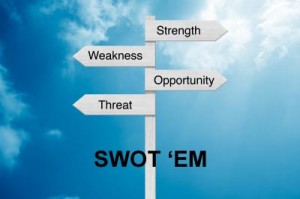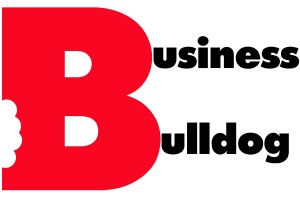It occurred to me that we let a lot of industries die out because we label them a fad and let the customers walk away. Frozen yogurt has been a treat for decades and saw a renewal over the last five to eight years. Now, it is steadily declining in sales and I thought I would take a few moments and throw some ideas on the table to get things moving again. It may be my desire to tackle a challenge or my enjoyment in eating frozen yogurt, but I am going to give the industry a kick in the pants.
If you want to get your customers back, ask them to come back. Too simple? Yeah, it is. That’s why you need to do it.
Just letting the customers go or trying to send out more coupons is not the best solution. If you weren’t great at getting customer information, then start right now and invite what customers you do have back soon. For customers you lost, get them back with a big sign and a postcard you can mail to homes that says in clear terms, “I Want You Back! The same wonderful treat is still here and we are ready to do what it takes to bring you back.” It is a little bit of begging, but it also true. And, truth is the defining characteristic that will separate you from the competition.
Start a DAILY marketing plan. I see retail shops that only do visual marketing when they are slow or when they feel like they will get the most customers into the store. That is boring and, if you haven’t looked around, every other shop is doing the same thing.Yogurt, like many retail items, is not a necessity. You have to stay in front of the customers to get them to even think about coming in to your store.
Daily marketing also means that you have to be creative and consistent. Signs are relatively cheap and can be put up and taken down fast. If you can get away with signs near the street, put up something that customers can read as they drive by at 55 miles per hour. Big, colorful letters on a plain background works best. If you can’t have signs because of local laws, then decorate your own car with advertising. Coupons on your car is not destructive and it is not a sign at the street. It is funny and eye catching. Park your car near your store, but not in front. Make customers stop and look. Do this every day of the week and then change your game for the following week.
Create a challenge. There is no one more creative than everyone. Use the power of the people to bring sales back to your store. What is the next flavor you want to taste? Are you the ultimate frozen yogurt lover? Can you name every flavor? Can you name every flavor by just tasting it? Who can eat the most before getting an “ice cream headache”? What’s the best dance moves to get rid of an “ice cream headache”?
You see, the number of things you can do to be creative is unending. What will the yogurt industry do? Stay tuned…they may just listen and act.







